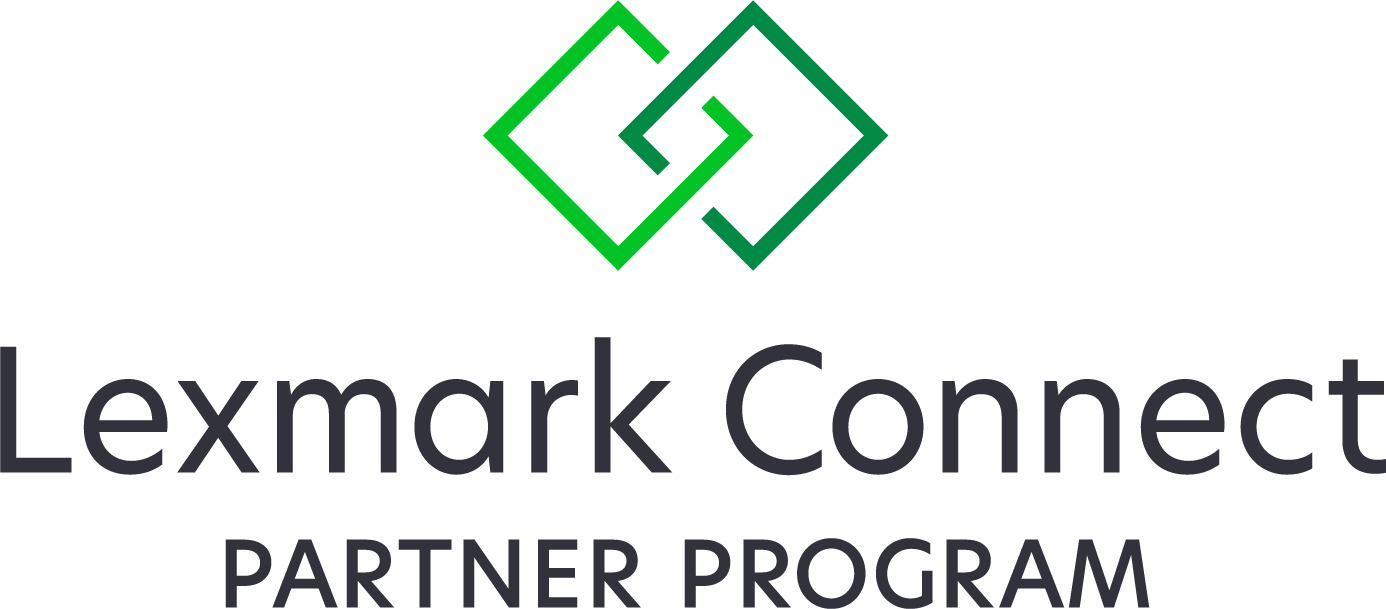Lexmark’s Clark Bugg discusses the benefits of leveraging consultative vendor relationships during these challenging times.
Growing new business is an all-the-time challenge for dealers exacerbated by the pandemic and post-election concerns for U.S. businesses. To help dealer partners navigate the challenging business landscape, OEMs are launching advisory initiatives, including Lexmark, whose wide-ranging Lexmark Connect program brings consistency to its global channel programs, says Clark Bugg, director, North American channel sales.
Launched this past February, the program provides all types of dealer partners with access to imaging solutions and technologies, as well as tools, resources, and benefits to help them win more business opportunities and improve their bottom lines. The empowering new program includes different tracks tailored to specific business models and customer bases. To further drive profitability, Lexmark Connect’s training component is tailored geographically to meet partner needs, and geo-specific offers and programs factor in vertical-market challenges. There also are co-branding and marketing components.

Above, Lexmark Director, North American Channel Sales Clark Bugg
“Lexmark Connect helps us to communicate [better] by establishing goals and defining revenue,” explained Bugg. “It’s our responsibility to support and help alleviate the pressure felt by our partners [during COVID-19]. We bring more than 20 years of in-field expertise to the table, focused on industry solutions. Lexmark has first-hand knowledge of using these resources to help strengthen its relationships with partners and, by extension, their customers.
To encourage the dealer channel to leverage Lexmark for customer engagement during COVID, the OEM has added structure to its resources. The end goal, Bugg pointed out, is to open doors to net new business for Lexmark’s partners. One key is engaging in differentiating conversations with customers.
Bugg recommends dealers research or learn if their customers’ employees are going back to the office or not. If so, maintaining a large, centralized print space can pose a challenge these days. Trimming costs is always in vogue—and never more so than now, as the effects of the pandemic continue.

“There are TCO [total-cost-of-ownership] savings to consider when going from A3 [paper format] to A4,” said Bugg, adding that it may be the ideal, strategic time to have a conversation about your firm’s core-value proposition.
Bugg encourages dealership management to be extra flexible during these trying times, especially with hardware services to get the most customer benefit in the long term.
“Evaluate your extended terms,” he urged. “Be empathetic and remember that your services are mission-critical to MPS environments.”
Vertical Markets and Sustainability
The main emphasis shouldn’t be about lowering payments or bringing rates down, but rather on better understanding the customer.
“And everybody claims to have the best service department,” joked Bugg. “We really need to change the talk track and speak specifically to whatever the customer or prospect’s business entails.”
To that end, Lexmark Industry Advantage (LIA), introduced 14 months ago, equips partners with vertical-industry expertise that allows them to “move with speed.” For instance, the company has consultants with backgrounds in hospital, retail, and manufacturing environments to help bring technology closer to end-users.
LIA is designed to share that knowledge through educational resources and via opportunities to engage with seasoned Lexmark industry consultants. It helps partners of all sizes build industry-specific knowledge in-house.
Vertical market analysis always is important in the beginning stages with new dealer customers. Lexmark stays atop the latest trends across industries but has been wary of webinar fatigue these past six months. When hosting educational seminars over the internet, Bugg acknowledged the company is mindful that the content needs to be relevant and bring value to participants. Hundreds of attendees logged into a recent healthcare campaign, for example, that focused on patient care and email copy/templates. Many of those attendees were medical sales reps working from home who require industry-specific support from Lexmark.
Additionally, customers inquiring about sustainability practices has almost become a prerequisite in the current market.
“We’re seeing more RFPs where sustainability is a real driver,” reported Bugg. “Our print-anywhere approach responds to environmental concerns.”
Lexmark’s print-anywhere approach enables end-users to send jobs from workstations or mobile devices and access them via the print-release on their device. Cloud print- and fleet-management tools are more sustainable options as well. Lexmark also offers waste-reduction software that eliminates unclaimed print jobs. This technology makes output environments more efficient by taking into account the impact of pages not printed, which add up and can be substantial, according to Bugg.
Access Related Content
Visit the www.thecannatareport.com. To become a subscriber, visit www.thecannatareport.com/register or contact cjcannata@cannatareport.com directly. Bulk subscription rates are also available.

